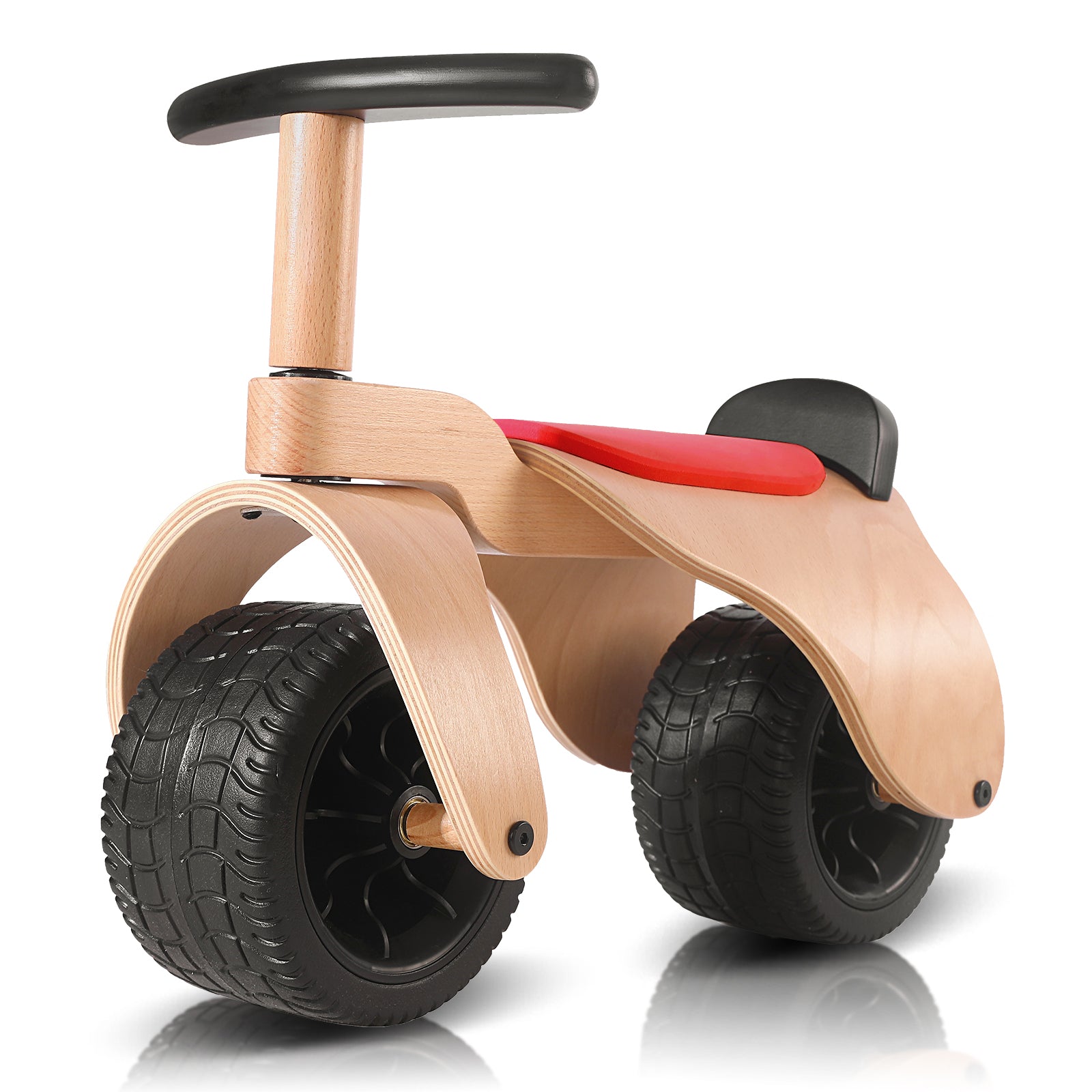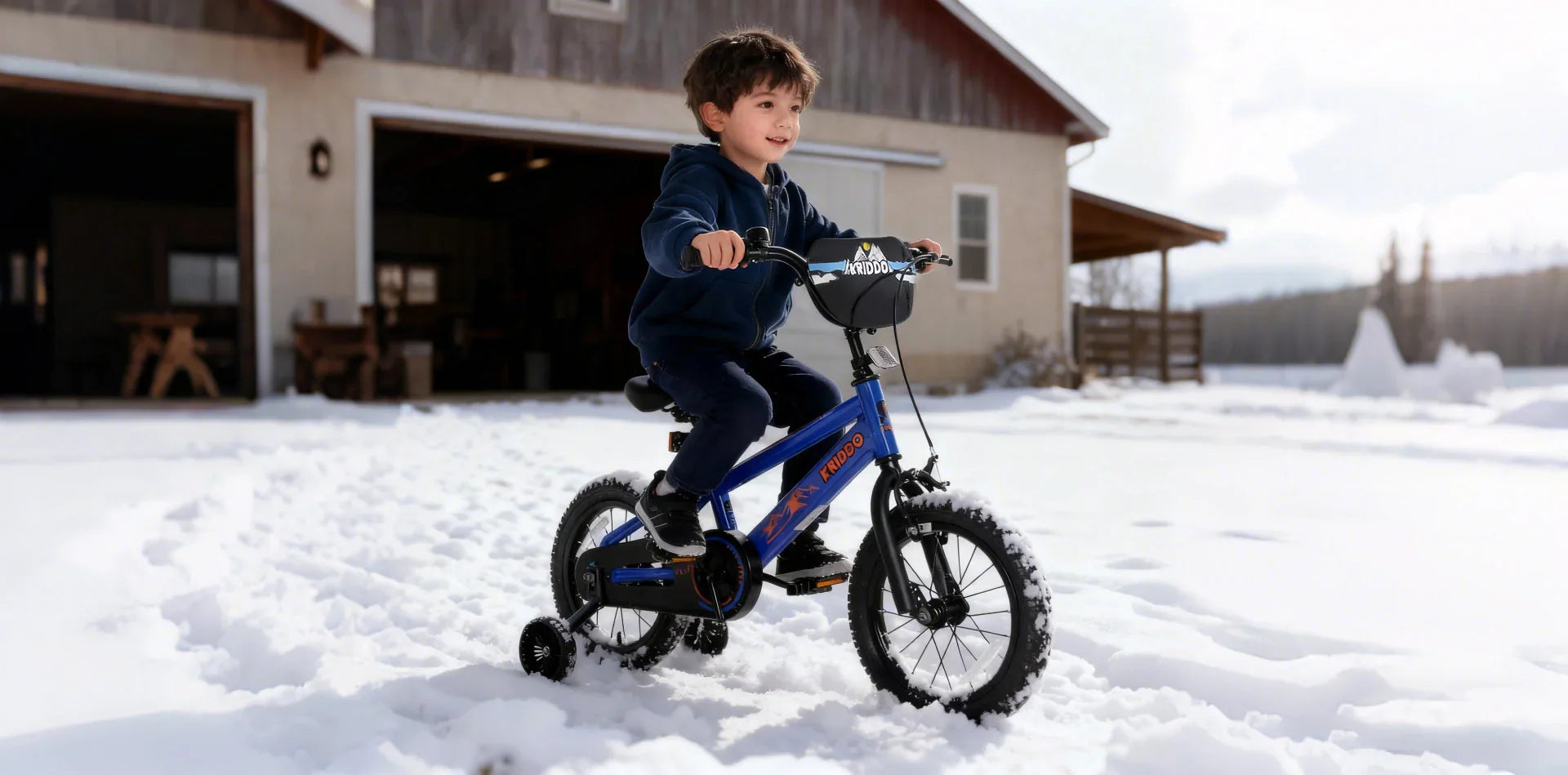Independent Sleep:
How to Help Your Child Fall Asleep on Their Own
Linda | 25th, Sep
Let’s be honest—every parent has dreamed of the day their child finally falls asleep without needing hours of bedtime negotiations. No more endless “One more story, please!” or “Can you stay just five more minutes?” No more tug-of-war between guilt and exhaustion. The holy grail of bedtime is this: independent sleep.
But here’s the big question: When is a child ready to fall asleep alone? And just as important—how do we actually get them there without battles and tears? The answer is less about age and more about a child’s development, habits, and the gentle guidance of parents.
Can Babies Really Sleep on Their Own?
It might surprise some parents, but even infants can begin learning the foundations of independent sleep. While adults can usually drift off when tired, babies aren’t born knowing how to self-soothe. For them, falling asleep can feel uncomfortable and unsettling, which is why they often cry when drowsy.
That’s where parents come in. Through rocking, feeding, or gentle patting, we help babies calm down. Over time, these soothing techniques lay the groundwork for self-regulation. Around 12 months of age, many babies start to develop the ability to fall asleep on their own—though for some, it happens earlier.
Still, just because a child can sleep independently at a physiological level doesn’t mean they’ll do it without guidance. That’s where things like habits and “sleep associations” come into play.
Why Older Kids Still Want Parents at Bedtime
Plenty of parents find themselves stuck in the bedtime rut long past the toddler years. A child who is three, four, or even six might still demand a parent’s presence until they drift off. Why? In most cases, it’s not about ability but about sleep associations.
A sleep association is any condition a child believes they “need” in order to fall asleep. It could be nursing, being rocked, holding a favorite stuffed animal, or—most commonly—having a parent right there beside them.
If your child has always shared a bed or room with you, they may have tightly linked “parental presence” with the act of falling asleep. This isn’t inherently bad, but it can make bedtime battles worse when parents want their evenings back. It can also disrupt night wakings: a child who needs Mom or Dad to fall asleep at bedtime often needs them again at 2 a.m.
Research supports this idea. A 2024 study on parental sleep-related practices and child sleep outcomes found that consistent, calming routines and independent sleep environments are strongly associated with better sleep performance in children.
So the real challenge isn’t whether kids can sleep alone—it’s whether they’ve learned how to do so without relying on a parent’s presence.
A Gentle Approach: The Gradual Withdrawal Method
For parents who want change, one of the most effective strategies is the gradual withdrawal method. The idea is simple: you don’t leave your child cold turkey; instead, you slowly reduce your presence over about two weeks.
Here’s how it works step by step:
Nights 1–3: Stay by the Bed
After the usual bedtime routine—bath, story, cuddles—sit quietly by your child’s bed. No chatting, no new stories, just calm presence. If your child is nervous, add a nightlight or give them a comfort object like a stuffed animal.
Nights 4–8: Briefly Step Out
Once your child is in bed, offer reassurance—“I’ll be nearby until you’re asleep”—then step out briefly. The key here is honesty: don’t sneak away. Let them know where you’re going (“I’m just putting laundry away, I’ll check back soon”). Slowly lengthen the time you’re gone each night.
Nights 9–13: Support from the Doorway
By now, you’re not sitting by the bed but staying just outside the room. If your child protests, offer short, calm reassurances from the doorway. Over several nights, decrease the frequency of your responses.
The result? Your child learns to trust that you’re close but doesn’t depend on you being right there. Bit by bit, independent sleep becomes a natural routine.
Tips to Make Independent Sleep Stick
Transitioning away from co-sleeping or constant bedtime presence isn’t always smooth. These practical tips make the process easier:
- Set a consistent routine: Same bedtime, same steps every night. Bath, story, light out. Predictability helps children feel secure.
- Limit naps: For preschoolers, naps shouldn’t last more than 90 minutes. Too much daytime sleep makes bedtime harder.
- Create a bedtime ritual: Gentle routines—reading, dimming lights, soft music—signal the brain that sleep is near.
- Use rewards wisely: For younger kids, small rewards like stickers or stars can help reinforce new habits. For example: “If you stay in bed quietly tonight, you’ll earn a star.”
When Independent Sleep Meets Real Life
Life isn’t always predictable, and sleep habits can be disrupted by milestones, stress, or illness. Here are a few common situations:
- Ages 3–4: Separation anxiety.
Starting preschool or daycare can make kids clingier at bedtime. Offer comfort objects or soft reminders of you—like a parent’s T-shirt or a favorite doll. - Ages 5–6: Social stress.
Conflicts with friends, scary stories, or exciting days can trigger bedtime resistance. During these times, daytime emotional support is key. The more a child feels connected and understood, the easier it is for them to sleep alone at night. - Special nights: Thunderstorms, illness, or genuine fears are exceptions. Flexibility matters—sometimes it’s okay to stay close a little longer.
Remember: the goal isn’t to eliminate comfort, but to help children build skills that make them more confident sleepers in the long run.
The Emotional Side of Letting Go
Many parents struggle with guilt when encouraging independent sleep. After all, those cuddles at bedtime are precious. The truth is, you don’t have to see it as “losing closeness.” Instead, think of it as teaching your child resilience and self-soothing—a gift they’ll carry through life.
Independent sleep doesn’t mean less love. It means more confidence, more rest for everyone, and a stronger sense of security for your child.
Final Thoughts
Teaching independent sleep is less about a hard cutoff age and more about gentle, consistent support. Babies may begin self-soothing around one year old, but older children often need help breaking free from strong sleep associations. By using methods like gradual withdrawal, setting routines, and providing emotional reassurance, parents can help kids fall asleep on their own.
The process takes patience, but the reward—a child who drifts off peacefully and parents who reclaim their evenings—is absolutely worth it.







































